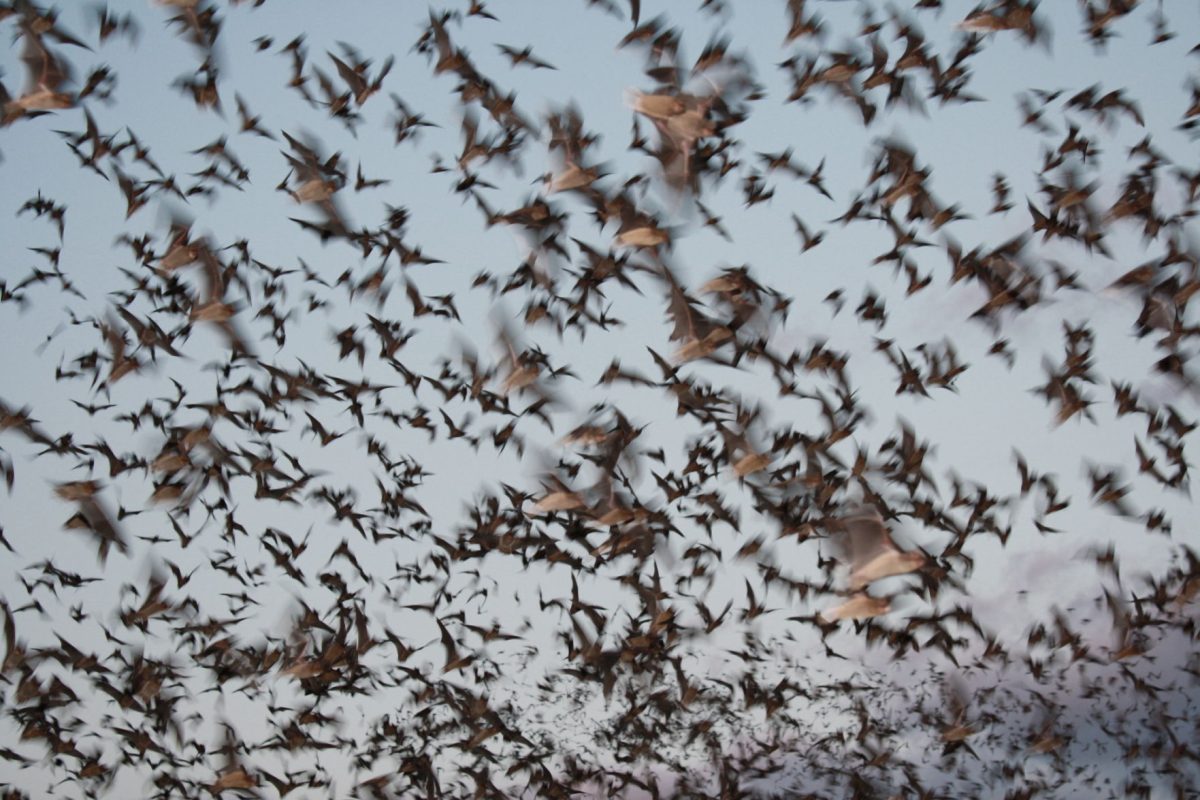“There’s a fungus among us!”
If bats were capable of producing speech, that is very likely what those living in Europe and North America would have been exclaiming for the past decade. White-nose syndrome, a fungal disease, has been wreaking havoc on bats across both continents since the mid-2000s, and has severely decimated the populations of several different bat species.
The culprit behind white-nose syndrome is the cave-dwelling fungus Pseudogymnoascus destructans, which affects bats only when they are hibernating. While it is pervasive, even this insidious fungus has its limits.
Scientist David Hayman of Massey University in New Zealand recently conducted a study with his colleagues from Colorado State University to determine if there are any trends associated with the white-nose syndrome scourge. The study, published in Science Advances, was a success. Hayman’s team found a direct correlation between bat size, hibernation location and the presence of white-nose syndrome.
Through detailed documentation and analysis of bat populations across the United States, the researchers found a substantial enough correlation to validate that larger and drier hibernation sites help stave off the affliction of white-nose syndrome. Hayman and his team also discovered that the big brown bat (Eptesicusfuscus) is affected by white-nose syndrome at a far lesser rate than the little brown bat (Myotislucifugus). The scientists concluded that size and hibernation location have caused this anomaly. As the names indicate, the big brown bat is the larger of the two species, and on top of that, its nesting sites are typically drier than those of the little brown bat, making the big brown bat less susceptible to white-nose syndrome.
The quasi-immunity conferred to bats with a heftier build stems from increased fat stores which ensure a stronger immune system during hibernation. The drier caves help protect against white-nose syndrome because, like most fungi, P. destructans thrives in moist, humid locations and not dry areas.
Hayman’s breakthrough will more than likely serve as a vital catalyst in the race to find a cure for white-nose syndrome. The study will provide highly valuable data to countless researchers desperately hunting for solutions to the white-nose syndrome epidemic.
One of those researchers is Susan Loeb, a research ecologist affiliated with Clemson University and the USDA Forest Service.
“We know that many bat populations are declining, but we don’t know the magnitude of that decline,” Loeb said in an Associated Press article.
The hope is that Hayman’s research will help elucidate this magnitude and will lead bat researchers to discovering a cure.













